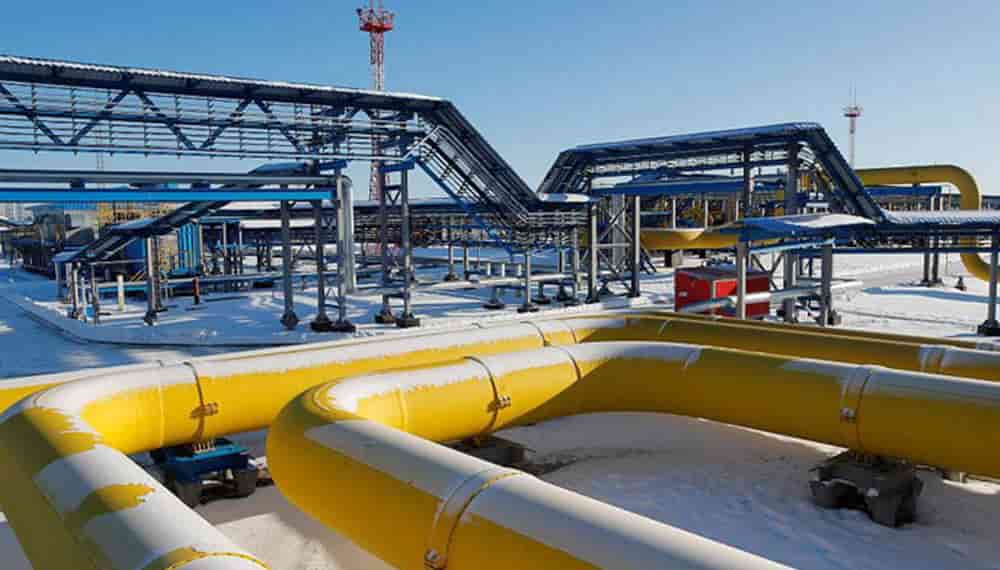Construction of the first pipeline that will transport gas from Siberia to Shanghai is nearly complete between China and Russia. Russian-based Power of Siberia started supplying natural gas to northern China in December 2019, as per Chinese state media.
The pipeline in China travels from Shanghai through the eastern part of the nation, past Beijing, its capital. State media claimed the middle phase commenced operations in December 2020, while the last southern segment is planned to begin gas delivery in 2025. The pipeline has been constructed for roughly eight years by state-owned energy firms, including China National Petroleum Corp. and Russia’s Gazprom.
The China-Russia pipeline is being built while Moscow is in danger of losing its supply of natural gas from the European Union, a major client that wants to reduce its reliance on Russian gas by two-thirds as a result of the conflict in Ukraine. China has been attempting to mix up its energy supplies. For its unjustified invasion of Ukraine in late February, Beijing has refrained from denouncing Moscow.
The size of the China-Russia gas pipeline suggests that Beijing has a variety of energy options. According to statistics from China customs as of June, accessible by Wind Information, despite the fact that Russia reportedly put $55 billion into its pipeline agreement with China, natural gas imports through pipeline have only reached $3.81 billion since December 2019.
Chinese purchases increased in volume in the first half of this year, nearly tripling from the same period last year to $1.66 billion, according to the data. However, the data showed that China’s gas imports from Turkmenistan throughout that time were significantly greater at $4.52 billion, up 52% from the previous year. China still only imports a very small amount of natural gas, with the majority of its energy coming from crude oil.
According to the Russian news source Interfax, Gazprom’s gas exports to China through the pipeline increased in volume by 63.4% to 7.5 billion cubic metres during the first half of the year. In the following decades, the initial agreement called for yearly supplies of 38 billion cubic metres.
According to the Interfax report, in the first half of the year, Gazprom’s overall shipments to nations that were not once part of the Soviet Union fell by 31% to 68.9 billion cubic metres. China and Russia agreed to a 10 billion cubic metre increase in their annual gas purchase deal at the beginning of February; they did not say when this would happen but described it as a long-term arrangement. The new sales over a 25-year period will total $37.5 billion.
The two nations have talked about constructing more gas pipelines, one of which is anticipated to pass via Mongolia on its way from Siberia. This month, a leading daily stated that Mongolia anticipates the Power of Siberia 2 new gas pipeline to start construction within two years.



















































